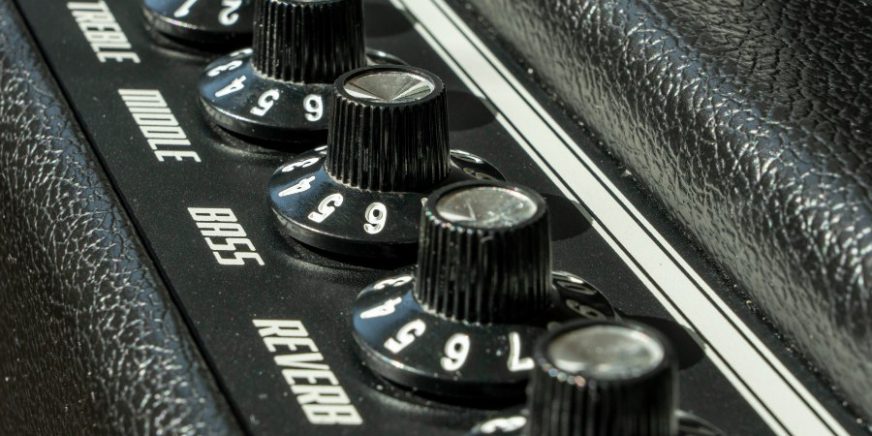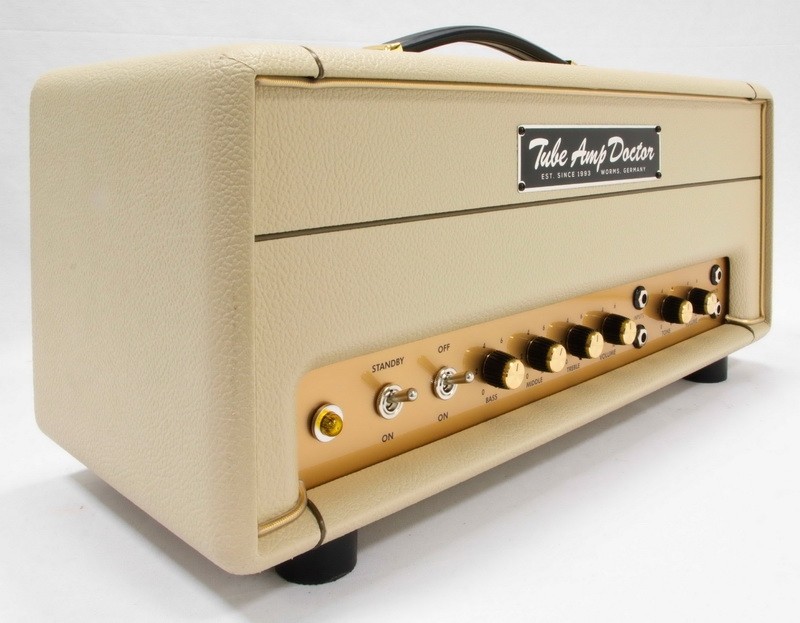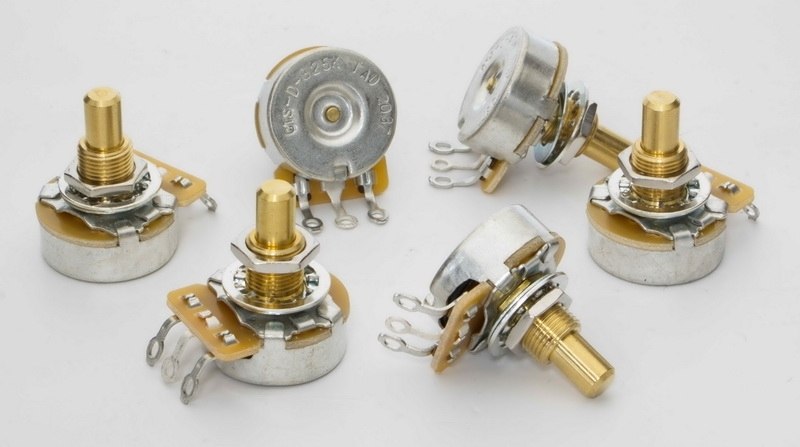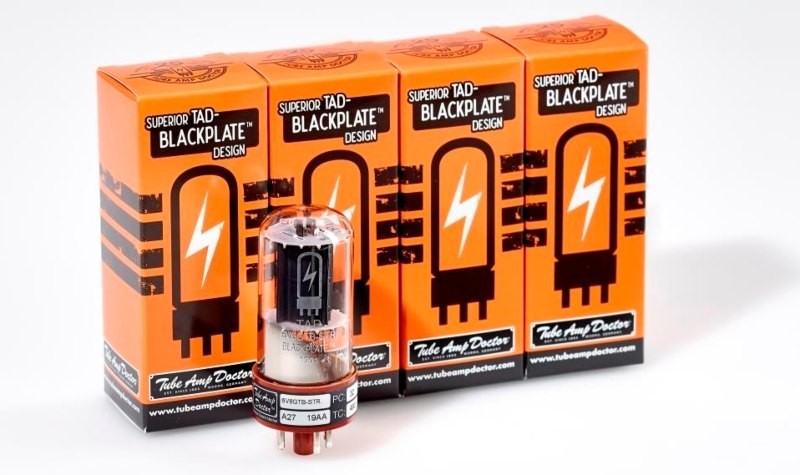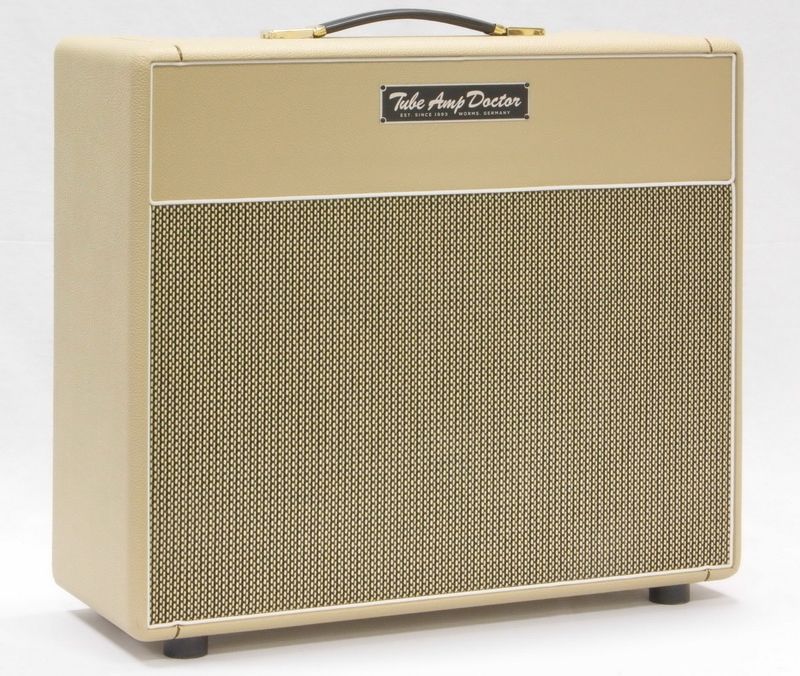« All About Amp Basic Settings »
One might think that the quest for the perfect sound is a lifelong pursuit for many guitarists! And in many cases, this assumption would be correct. Passionate musicians are constantly on the lookout for ways to improve the sound of their playing and instruments. Ultimately, the question of the perfect sound is also a question of individual preferences. In this article, we present the essential sound settings for your amp and reveal which settings provide a good foundation for further sound experiments.
Adjusting the guitar sound – the basics
Before we delve into the fundamental steps for adjusting the guitar sound, let’s take a look at the sound-shaping parameters and their controls. Understanding which factors influence your sound is a prerequisite for achieving a good, well-defined, and consciously adjusted sound.
In the following article, we focus solely on the basic settings of the amplifier controls and typical electric guitar sound settings. While effects devices, different instruments, strings, and even cables can also achieve changes in tone, discussing them here would exceed the scope.
The interplay of volume and gain
Depending on the amp, guitarists have various options for adjusting the guitar sound. Changing the volume and gain influences each other. Especially when adjusting the sound alone, without other musicians, many guitarists tend to maximize the gain reserves of the (tube) amp with the corresponding controls and potentiometers without adjusting the volume. This can lead to a lack of dynamics and harmony in the sound.
For the optimal tone, it is crucial to find the so-called sweet spot on the amplifier. This is the point where volume and gain harmonize and work dynamically together. The balance between volume and distortion level should be defined, clear, and naturally full and voluminous.
Equalizer
The correct combination of mids, highs, and lows ensures that the sound remains assertive and clear, without becoming too muddy on one side or screeching from the amplifier tubes on the other extreme. Here, too, it is essential to consider the frequency bands of all fellow musicians. What sounds fantastic in the living room or alone in the practice room can quickly turn into a boomy drone when interacting with bass and drums!
Tip: The guitar “lives” in the midrange. This is the frequency range that is usually little occupied by other instruments and should be carefully considered in electric guitar sound settings. A guitar that sounds unclear can often be revived by boosting the mids.
Microphone placement
Even if the sound is good in the practice or rehearsal room, problems and sound dropouts can occur during recording. Often, the positioning and type of microphone used are to blame. Even the smallest movements away from the speaker axis can influence the result.
Those who regularly work with microphone placement do well to mark the ideal position of speakers and microphones. And: For ambitious home recording guitarists, having their own microphone is a worthwhile investment!
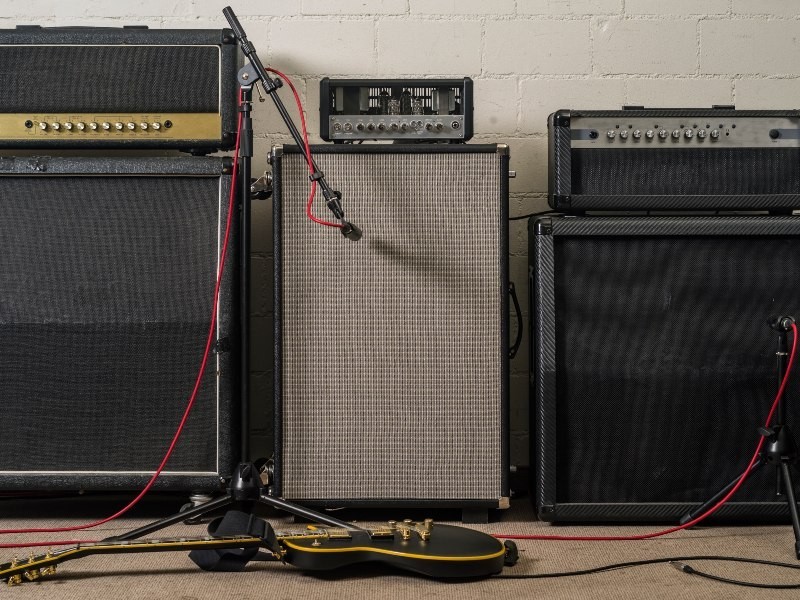
Room acoustics and positioning
The position of the amp in the room and its relationship to other instruments also significantly affect optimal sound output. It is crucial to consider how the individual frequencies are distributed in the room and may cancel each other out. Guitar amplifiers placed directly opposite each other, for example, tend to make the signal diffuse and unlocatable. If the bass amp is right next to the guitar amp, the guitar’s bass frequencies can suffer.
However, the positioning in the rehearsal room or on stage is even more noticeable. If guitar amplifiers or speaker cabinets are positioned directly on the floor, many of the bass frequencies in the signal are more likely to go to the legs than the ears.
It is worthwhile to experiment with the height of the combo or speaker: While basses suffer on the ground and can even be unpleasantly reflected by hollow stage elements, the signal directly at ear level tends to be intrusive and cutting. To adjust the sound of the electric guitar, different positions of the guitar amp’s speaker must be tried out.
Effects devices
Let’s face it: Effects devices are both a blessing and a curse in a small, compact device. On the one hand, delay, reverb, and the like allow artistic expression almost limitlessly when combined with the tubes of the guitar amp. On the other hand, a wrongly or inappropriately set effect can quickly lead to problems when trying to adjust the electric guitar sound quickly.
For example, while extensive work with reverb and delay is often done in practice and rehearsal rooms, this can quickly become a problem in concert locations. The existing room reverb is significant and can lead to a muddy, spongy sound with too much reverb. To adjust the electric guitar sound, these points must be considered urgently, and the potentiometers on the tube and effects device must be adjusted.
Also, additional modulation effects should be used with caution! Depending on the room, they can take away the definition of the signal and turn the guitar sound into an undefined mush. Accordingly, a cautious approach should be taken when setting them.
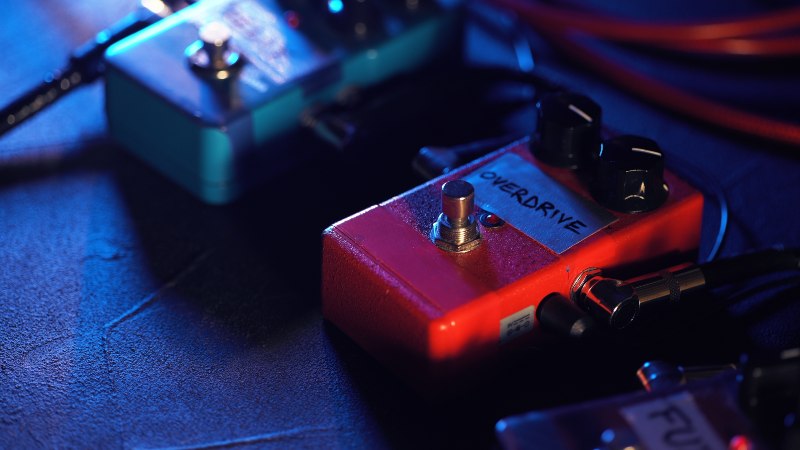
Adjusting the guitar sound – finding the starting point for optimal settings
Adjusting your sound on every channel to work equally well in all situations and never needs to be changed is almost impossible. Adjustments must be made at the latest when there are changes in position, space, or equipment to be able to adjust the guitar sound to your liking.
To be able to react to changes in space, equipment, or even style at any time, every guitarist should find a kind of base from which they can adjust the guitar sound. Ideally, this is a specific positioning of all potentiometers on the amp, effects devices, and guitar to always have the same starting point per channel.
While some musicians rely on marking the potentiometers with a specific “home settings” for adjusting the guitar sound, others use the simplest method: All potentiometers are set to the 12 o’clock position, and then, the process of adjusting the sound can begin.
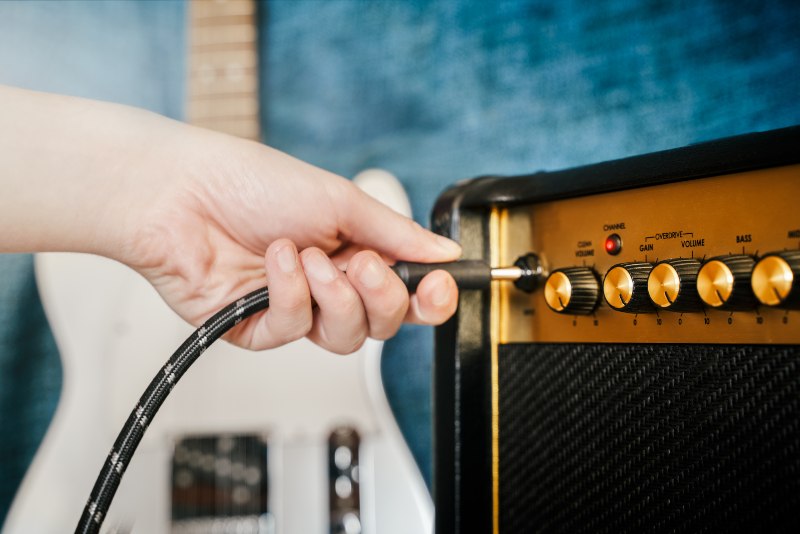
Do not neglect external influencing factors
With a whole series of influencing factors, it is not so easy to adjust the guitar sound. In addition to the instruments, tubes, amplifiers, and effects devices used, speakers, and spatial conditions are also crucial!
It is important to be aware of the different influencing factors on the guitar sound. Only then can you work specifically on the sound settings of the amp. Especially if the amp offers more than one channel, adjusting the (channel) frequencies is essential for the individual guitar sound.
Also, besides choosing the right settings, correct positioning of the tube and the speaker is crucial! Only then can a guitar sound from the tube amp sound as good as we all wish. To find a good starting point for adjusting the sound, familiar settings can be marked. Alternatively, it helps to set all potentiometers to the “12 o’clock mark” initially. And then: Have fun experimenting with the (perfect) guitar sound!
___________________________________________________________________________________________________________________________
Image Sources:
Featured Image: © Frank Lambert – stock.adobe.com
Amplifier with Microphone: © sumnersgraphicsinc – stock.adobe.com
Pedals and Effects Devices: © kohanova1991 – stock.adobe.com
Cable Plugged into Amplifier: © Ivan Kurmyshov – stock.adobe.com
 Tubeampdoctor Magazin
Tubeampdoctor Magazin
